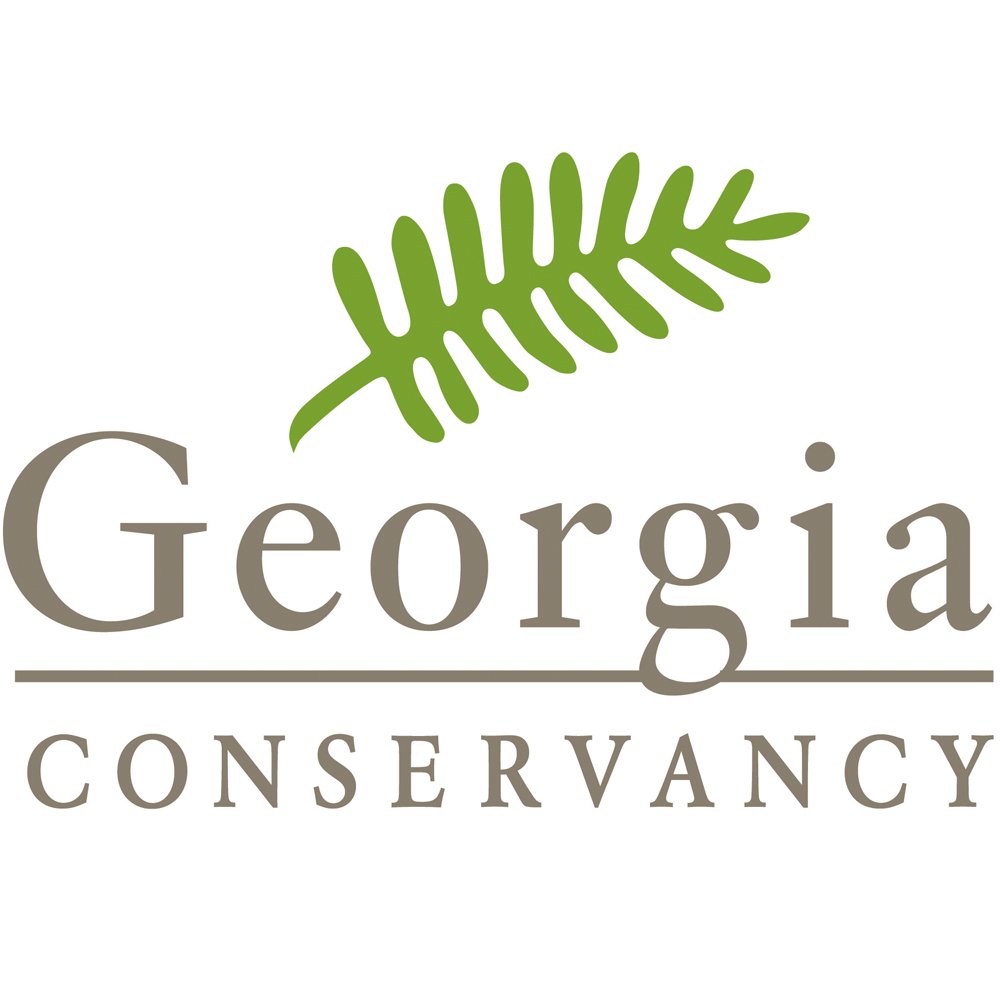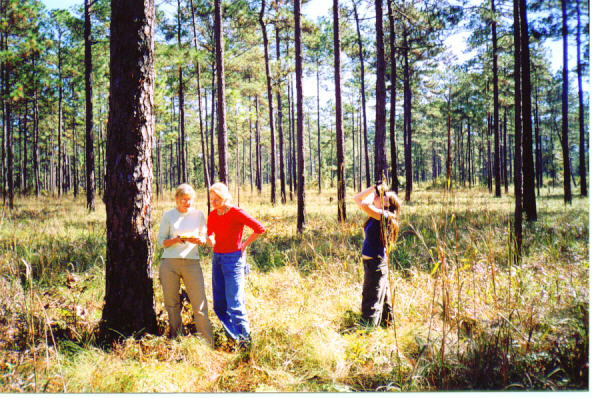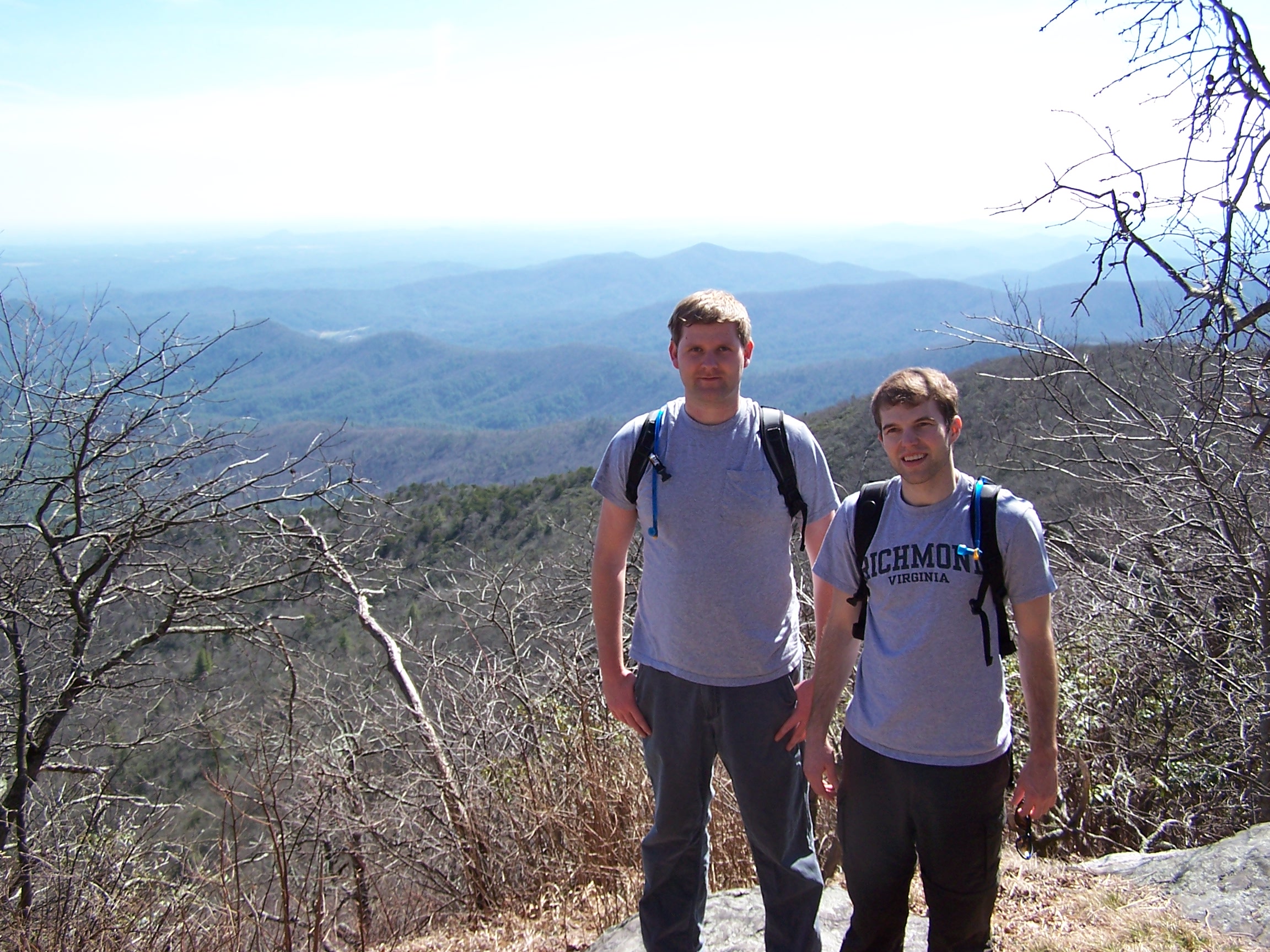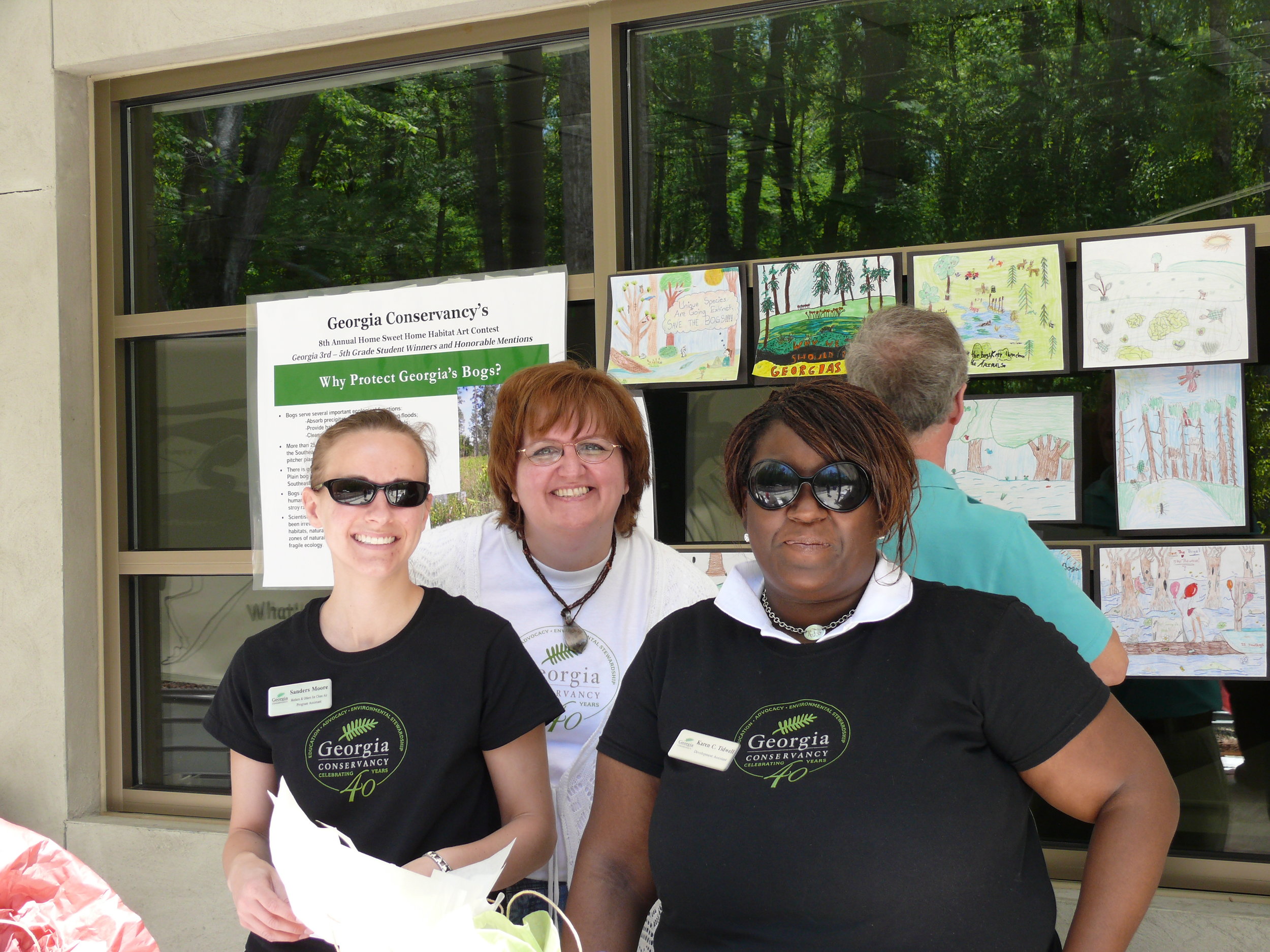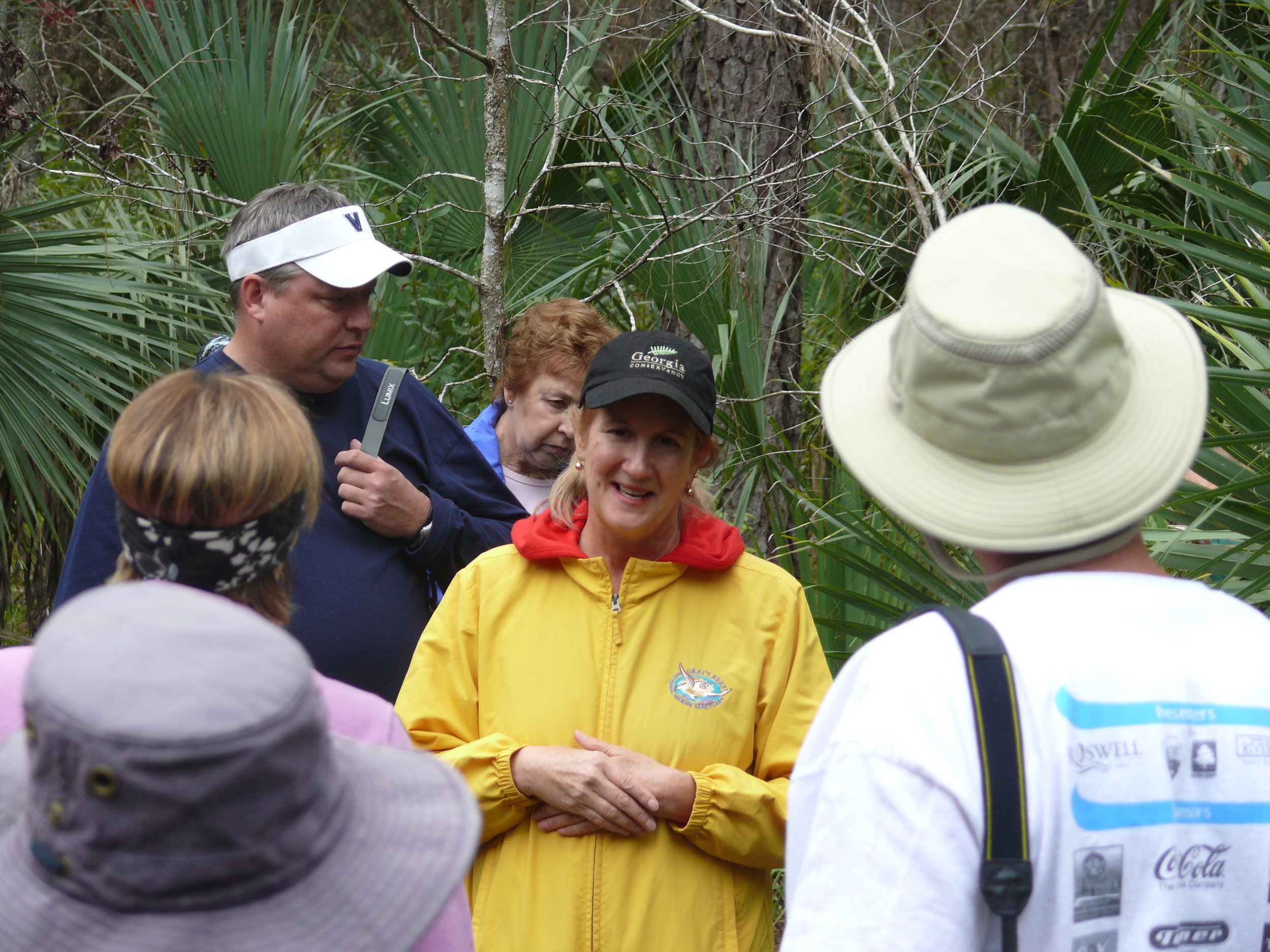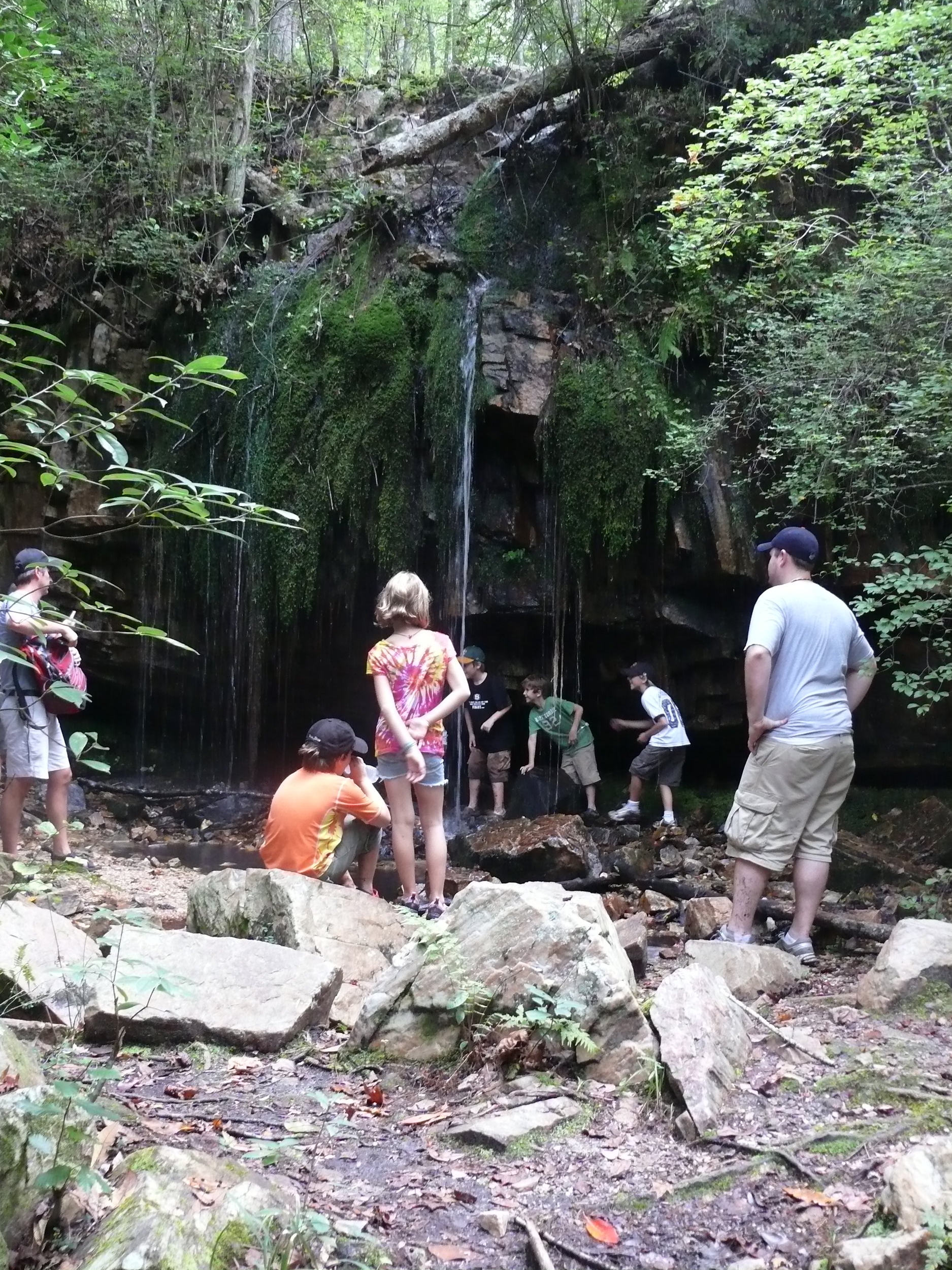The Georgia Conservancy in the 2000s
"An educated population will not risk its quality of life as it is being jeopardized now. The impetus for change will not come from lawmakers' edicts but rather from the demands of Georgia's citizens."
- Georgia Conservancy's Panorama Magazine, January 2000.
Significant Events of the 2000s
2000
- The Georgia Conservancy launches YES, a dynamic program that encourages classrooms across the state to identify local environmental problems and work to solve problems for change.
- TGC endorses the Georgia Water Bill of Rights, a set of nine principles that will make rivers, streams and lakes fishable and swimable.
- TGC brings together scientists from the U.S. E.P.A. and the Georgia EPD to address improving the creation of total maximum daily loads that define the maximum level of a pollutant that a stream, river or lake can assimilate before water quality is impaired.
- TGC persuade the 2000 General Assembly to create a program to encourage the state’s fastest growing counties to set aside 20 percent of their land as protected green space.
- TGC participates on the Georgia Regional Transportation Authority to advance the need for better land use planning and transit-oriented development as effective strategies for reducing congestion and improving air quality.
- TGC begins work on a four-year project to address land use in southwest Georgia including demands on limited water resources in land ownership and management.
2001
- The Georgia General Assembly dubs 2001 “The Year of Water.”
- The Georgia Conservancy joins The Georgia Wildlife Federation, the Upper Chattahoochee Riverkeeper and the National Wildlife Federation to promote conservation issues during the 2001 legislative session. The coalition supports and strengthens the governor’s bill to create an 18-county water management district around Atlanta.
- TGC helps initiate the Georgia Quality Growth Partnership, a group of 40 agencies and associations working in various ways to plan for the state’s future growth.
- TGC speaks out against the Northern Arc highway believing it will do little to increase mobility, exacerbate water supply and quality programs in the region, increase the growing imbalance in jobs and population between north and south metro areas and accelerate development in the head waters of the state’s rivers and streams.
2002
- The Clean Water Act turns 30. In collaboration with The Clean Water Network, TGC urges Americans to contact their federal representatives and senators, as well as the Bush Administration, to urge them to keep the promise of clean water.
2003
- After much pressure from The Georgia Conservancy, the Northern Arc Task Force, the Sierra Club and other organizations opposed to the Northern Arc transportation project, the state does not fund the Northern Arc.
- The Metropolitan North Georgia Water Planning District adopts three water plans to guide the region’s water management for the next 30 years. The Georgia Conservancy submits extensive comments on these plans creating a more comprehensive strategy for water quality control.
- Governor Sonny Perdue signs an Executive Order creating the Georgia Land Conservation Partnership Advisory Council and charged it with the responsibility of producing a comprehensive Land Conservation Partnership Plan.
- The Georgia Conservancy fights to keep water a public resource in Georgia.
2004
- 100 local governments pass resolutions in support of a statewide water management plan that is fair and objective and that is crafted with input from Georgia’s citizens.
- “Mothers and Others for Clean Air” is born to combat air pollution for the sake of children’s health.
- The NOAA Coastal Services Center, the Georgia Conservancy, the Georgia Coastal Management Program, the Georgia Department of Community Affairs and the City of St. Marys collaborate to create “Alternatives for Coastal Development: One Site, Three Scenarios” to guide coastal communities towards smart growth and development.
2005
- Mothers and Others for Clean Air works with the Georgia Environmental Protection Division in its new Adopt-A-School Bus program to encourage school systems to retrofit their buses with technology to reduce harmful emissions.
- TGC holds that expanded port operations should not come at the further expense of the Savannah estuary’s natural functions and values as Savannah Harbor’s deepening project hangs in the balance.
- Blueprints celebrates ten years of helping communities achieve sound conservation and sustainable growth.
- TGC pushes for a strong mercury rule to reduce mercury contamination in the state of Georgia.
2006
- The Georgia Conservancy releases Your Land, Your Decision is a tool for landowners, foresters, farmers and anyone who works closely with the land wanting to learn about how to be good land stewards by deciding if a conservation easement is right for them.
- The Georgia Conservancy hosts a conference on global warming where top experts in the field help the environmental community develop a strategy for addressing global warming in Georgia.
- The Georgia Pine to Energy Coalition is established to bring together forestry and environmental interests to advocate for pine tree biomass as an alternative energy source.
- The Georgia Conservancy successfully advocates for the passage of the Georgia Land Conservation Tax Credit
- The Georgia Conservancy's Blueprints for Successful Communities organizes studios that focus on Toccoa, the Middle Chattahoochee River and the Pittsburgh neighborhood of Atlanta.
2007
- The Georgia Conservancy teaches more than 450 teachers in 19 interdisciplinary workshops known as "Georgia's Native Seasons"
- Blueprints for Successful Communities works on two Atlanta-based studios, Westside and Piemont Heights.
- The Georgia Conservancy successfully advocates to protect Jekyll Island’s south end from development and produced a coastal hazards assessment of the island
- The Georgia Conservancy works closely with the communities in the Westside Study Group Area participating in redevelopment planning related to the Atlanta BeltLine project.
- The Georgia Conservancy develops messaging and began creating promotional materials for the State Wildlife Action Plan. These materials will be used to heighten awareness of the wildlife and habitat priorities found in the plan.
2008
- Blueprints for Successful Communities works on two Atlanta-based studios, Lindbergh-LaVista Corridor and Collier Village
- Amidst devastating drought, Georgia Conservancy launches state-wide water conservation campaign.
- The Georgia Conservancy Successfully lobbies the General Assembly and state Water Councils to improve the Comprehensive Statewide Water Management Plan and nominated 14 people to serve on the Regional Planning Councils.
- The Georgia Conservancy trains more than 364 educators in 18 workshops around the state, using specially-developed, state-approved curricula: “Georgia's Native Seasons” & “Georgia's Native Waters.” Reached approximately 15,000 Georgia students.
- The Georgia Conservancy successfully lobbies the General Assembly for a $25,000 state matching appropriation for school bus emissions control devices, which will reduce harmful diesel soot by up to 90 percent.
2009
- Former Lieutenant Governor Pierre Howard named Georgia Conservancy President
- The Georgia Conservancy produces a land conservation plan for Newton County that looks to the year 2050, envisioning a build-out scenario where the county could preserve its rural character while accommodating additional population growth.
- The Georgia Conservancy's Blueprints for Successful Communities assisted the coastal community of Pin Point in establishing a vision for the future that embraced preservation of the community's heritage as part of the Congressionally-designated Gullah-Geechee National Heritage Corridor while addressing the immediate needs of property development and infrastructure improvement.
- The Georgia Conservancy actively opposes a U.S. Navy proposal to site Undersea Warfare Testing Range proximate to North Atlantic Right Whale calving grounds off Georgia/Florida coast
- The Georgia Conservancy works with GA Environmental Protection Division in developing and launching the Coastal Supplement to Georgia’s Stormwater Manual.
